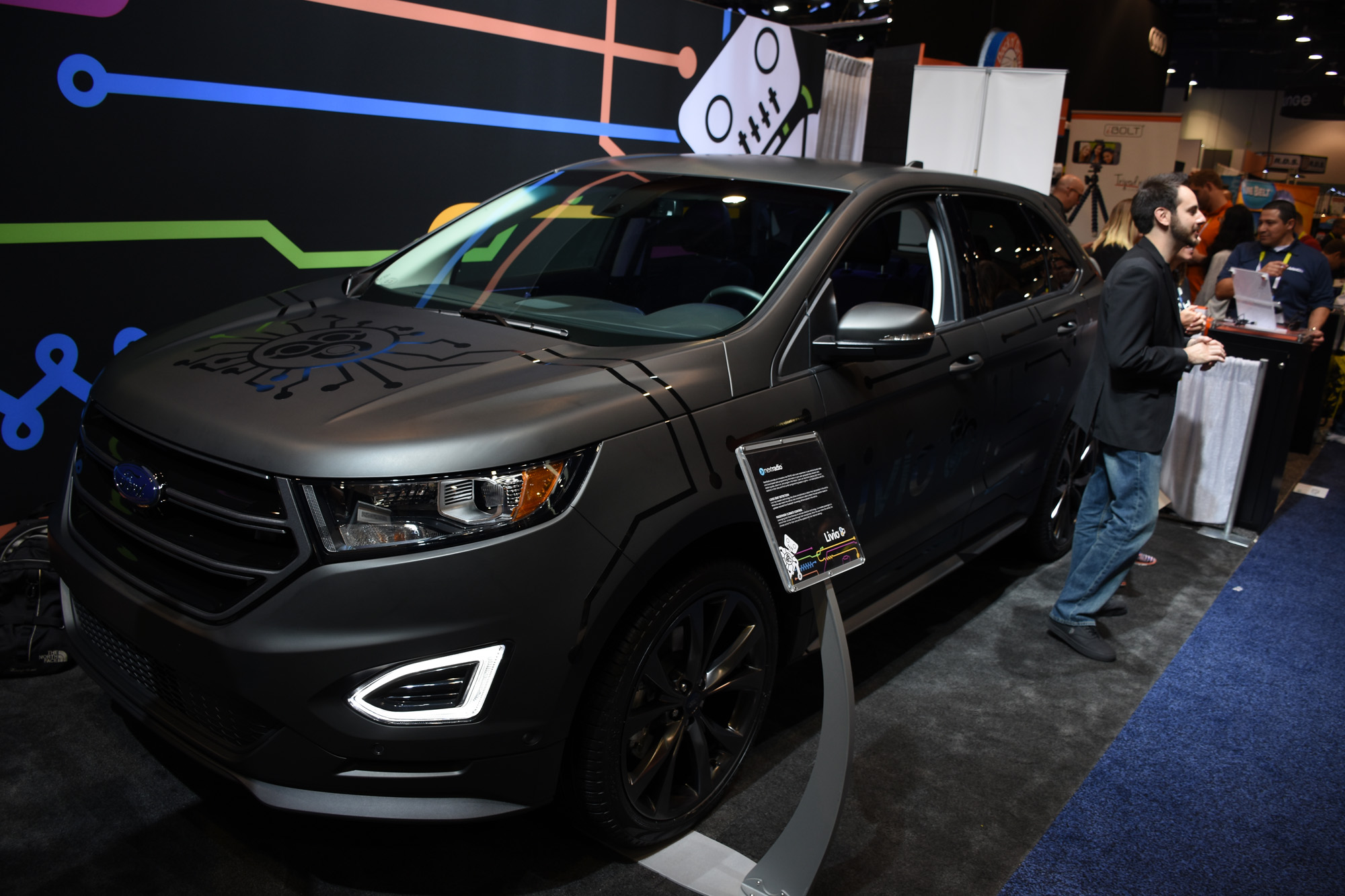
If you haven’t heard of SmartDeviceLink (SDL), you’re not alone, but it’s what some in the auto industry are hoping could be the answer to solving the issue of app integration in vehicles.
Ford first developed the open source project in 2014, and it is part of the foundation that helps run the company’s Sync infotainment system’s AppLink. Made up of two parts, SDL integrates in-car services to the vehicle’s HMI (Human Machine Interface), along with software that enables APIs to work with services on head units.
In plain English, it’s meant to be a unifying design language that all automakers can adopt and deploy. Drivers would be able to use it with voice commands, steering wheel controls, and whatever other in-car connections are compatible to primary smartphone apps that cover music, navigation, calls, messaging and other services that may be available.
Assuming all of them jump onboard, it would mark the first time car companies agreed to go the same route (pun intended) on an infotainment interface. While it is the same on the backend, it would be flexible enough for each automaker to make it look like their own. It’s still unclear if that’s analogous to how different smartphone manufacturers created overlays for Android, which offers some differentiation, yet at the expense of performance and faster updates.
Toyota announced at CES that it would join Ford and roll out the open-source interface in its 2017 model vehicles. No other automakers did the same at CES, but that could change as this year’s slew of auto shows in North America beginning in Detroit next week.
This is also where QNX comes in. Since it has already provided over 40 million hands-free units in vehicles, it has the footprint to enable as many of the 40 automakers it works with to join the party. Being a middleware middleman, QNX could not only help them transition to a new platform, but also make it look and feel unique to the needs of each automaker, says, Derek Kuhn, vice president of sales and marketing at QNX.
Still, there are a number of hurdles to overcome for such an endeavour to have any modicum of success. First, Ford made its AppLink platform open-source, which is what SDL is based on, except there were regional restrictions that killed its very purpose in a number of countries, including Canada. The Great White North has never had AppLink in any Ford vehicles to date for reasons that have never really been clear.
Upwards of 90 apps are compatible with SDL on paper, but automakers ultimately decide which ones make the cut in their dashboards. In practice, that explains why a pittance has usually been made available. In some cases, one model may have one app that another model doesn’t, even though they are manufactured by the same company, in the same facility. It’s this disjointed mess that SDL is supposed to solve, only on a massive scale that brings in the entire industry, including Tier 1 suppliers and the aftermarket.
Livio is the company managing SDL and tasked with wrangling in competitors. You might remember it as an Internet radio startup, but after being acquired by Ford its role has since expanded to its current scope.
Talking to reps from the Ford subsidiary, I asked if SDL is meant to compete or co-opt CarPlay and Android Auto in some way. The short answer was no. Automakers simply want to give consumers choice. This does make sense under current circumstances where both platforms project onto compatible head units and have no input with the onboard computer in the vehicle.
However, it’s also the first generation of both platforms, and if rumours of Apple’s and Google’s vehicle aspirations prove true, then they may be usurping the dashboard from the automakers entirely. This is all speculative, of course, but not far-fetched.
Whatever the case, SDL is considerably more open and expansive because it ties in to everything the car has, including modules and sensors, which are growing in importance with autonomous vehicles inching closer to reality. CarPlay and Android Auto don’t — at least not in their current iteration.
I saw a demo where an Apple Watch changed the heating and air conditioning of a Ford SUV through Sync 3. This was conceptual, but showed what is possible when the factory head unit is open enough to integrate with smartphone apps, and allow apps to make adjustments. In theory, this would take it far beyond the typical cases of app-based remote starting and door locking that has been common for some time now. And if all automakers were willing to adopt SDL, the experience would essentially be the same for every vehicle.
Getting them to do so is a tall order, but being software-based, any one of them could choose to adopt it for 2017 model cars coming to market this year. Automakers are usually slow to adopt anything they didn’t come up with on their own or through a Tier 1 supplier, so it will be interesting to see how successful this project turns out to be.
MobileSyrup may earn a commission from purchases made via our links, which helps fund the journalism we provide free on our website. These links do not influence our editorial content. Support us here.




